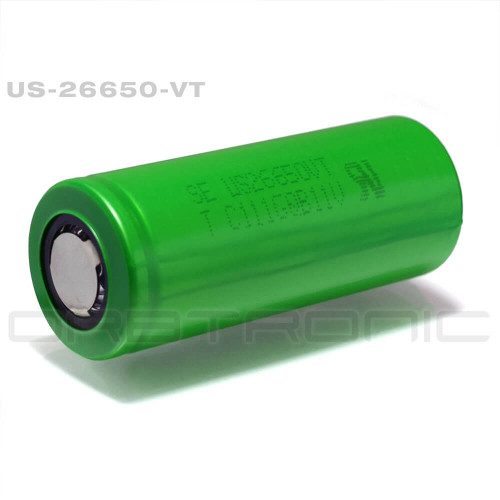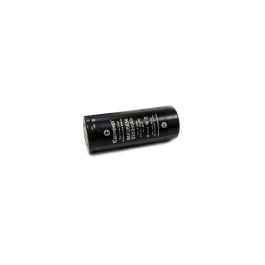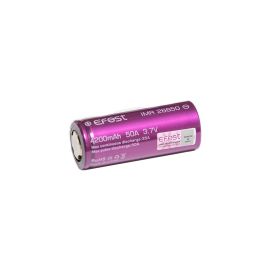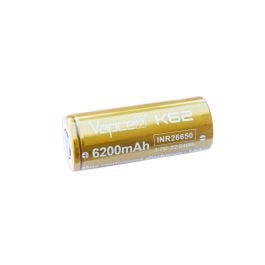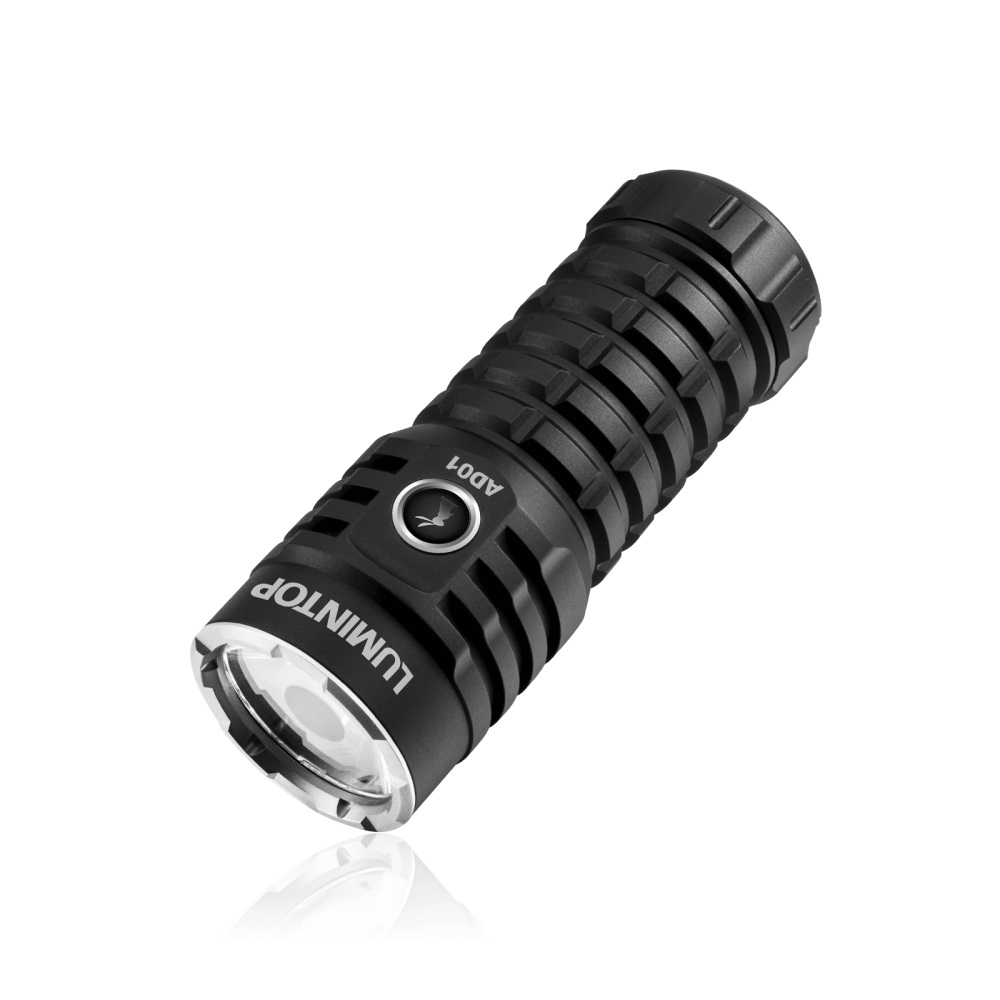LiCo cells have an inherent danger that if they are discharged below 2.5V, dendrites can form, which can lead to a short if placed back on a charger, which could be bad. INR chemistry doesn't behave this way, dendrites won't form, no issues placing them back on a charger, though given enough overdischarge, they will lose capacity. Overdischarge does damage the cell, iow, but there is no danger. Though protection circuits also protect against thermal runaway, and INR chemistry is capable of it the same as IMR chemistry, these chemistries are tolerant of high amps and high heat, so thermal runaway is less of a risk than with ICR/LiCo.
Yeah, I am pretty sure. The only INR cells I have ever seen protected were Sony VTC4, but they were also sold without protection, and then we stopped seeing VTC4/5/6 sold with protection. Putting protection on them in the first place was probably done out of an abundance of caution, but after a few years when INR chem was fully tested, the chemistry more mature, and the behavior better understood, those protected INR cells disappeared.
For a few years after protection started disappearing from all chems other than ICR/LiCo, a lot of old timers on CPF still insisted on protection and couldn't find what they wanted in any other chem but ICR/LiCo. IMR cells never had protection, and the chemistry matured years ago, and the old timers complained they couldn't find them protected. It was just out of habit and a minor misunderstanding about the differences in cell chemistry that caused this, and eventually they all quieted down because they understood, and they couldn't get protected IMR anyway, and ICR/LiCo chemisty cell were starting to be phased out, still in progress, there are less of them available. Instead there is more NCR, INR, IMR, etc. All new chems are hybrids, and they don't need protection because they don't have the issue of blowing up your charger.
These cells are not made for end users. They are made for builders of cell packs. The protection circuits were never placed on there by the manuracturers, but instead by resellers catering to folks like us. The big manufacturers moved away from LiCo, and eventually the resellers realized they didn't need to sell other chem cells with protection, and they moved on.
But if you really want a protection circuit on an INR cell, you can probably special order it or get the materials and do it yourself. But it's really not necessary because the risk of dendrites forming and shorting the cell no longer exists... except still, again, with ICR/LiCo chemistry, which is still barely available.


